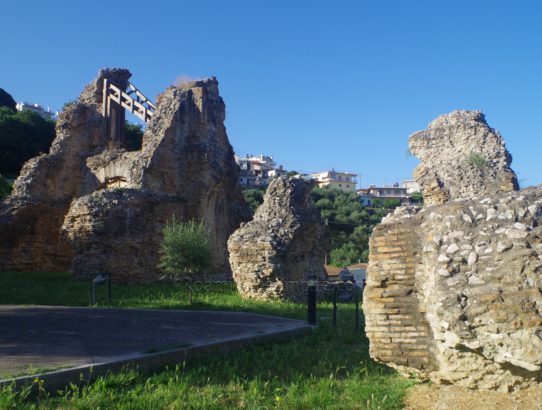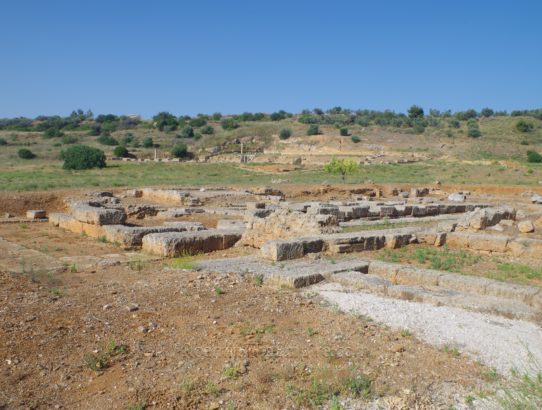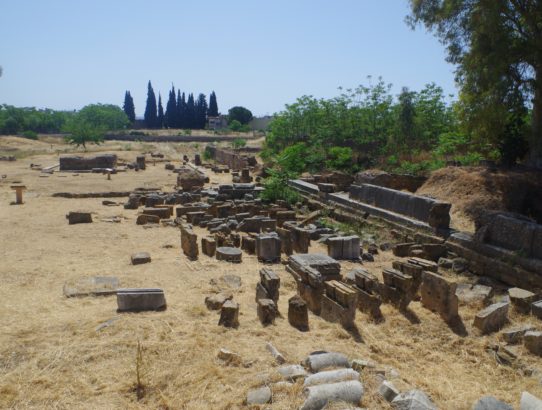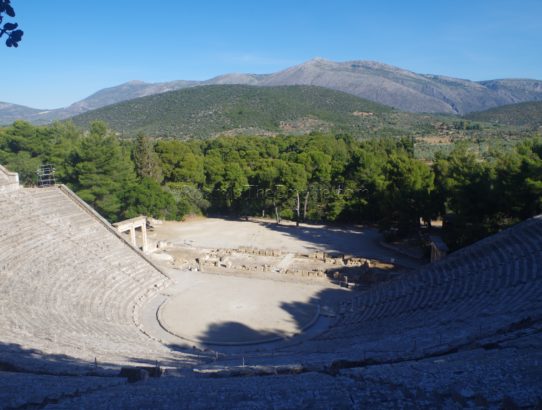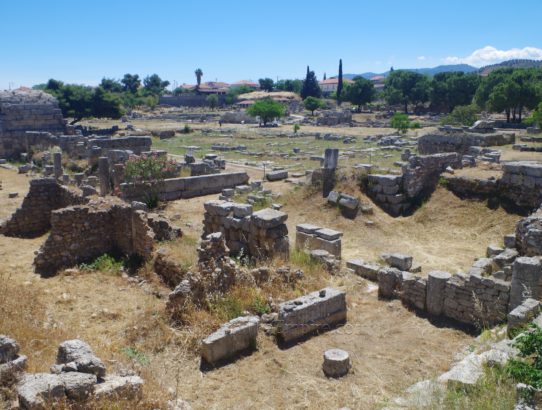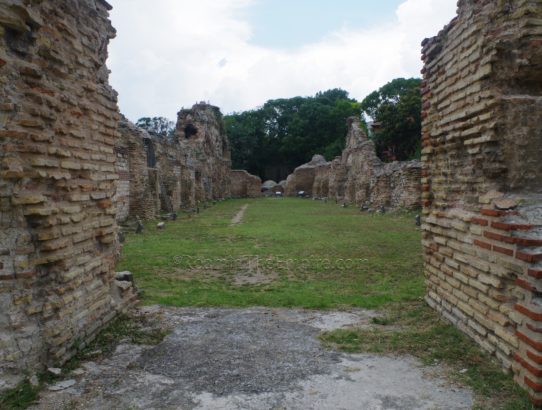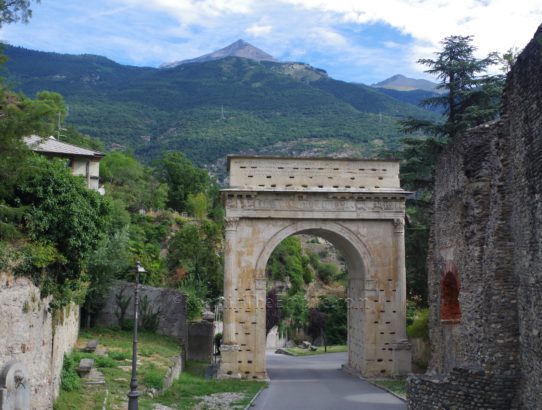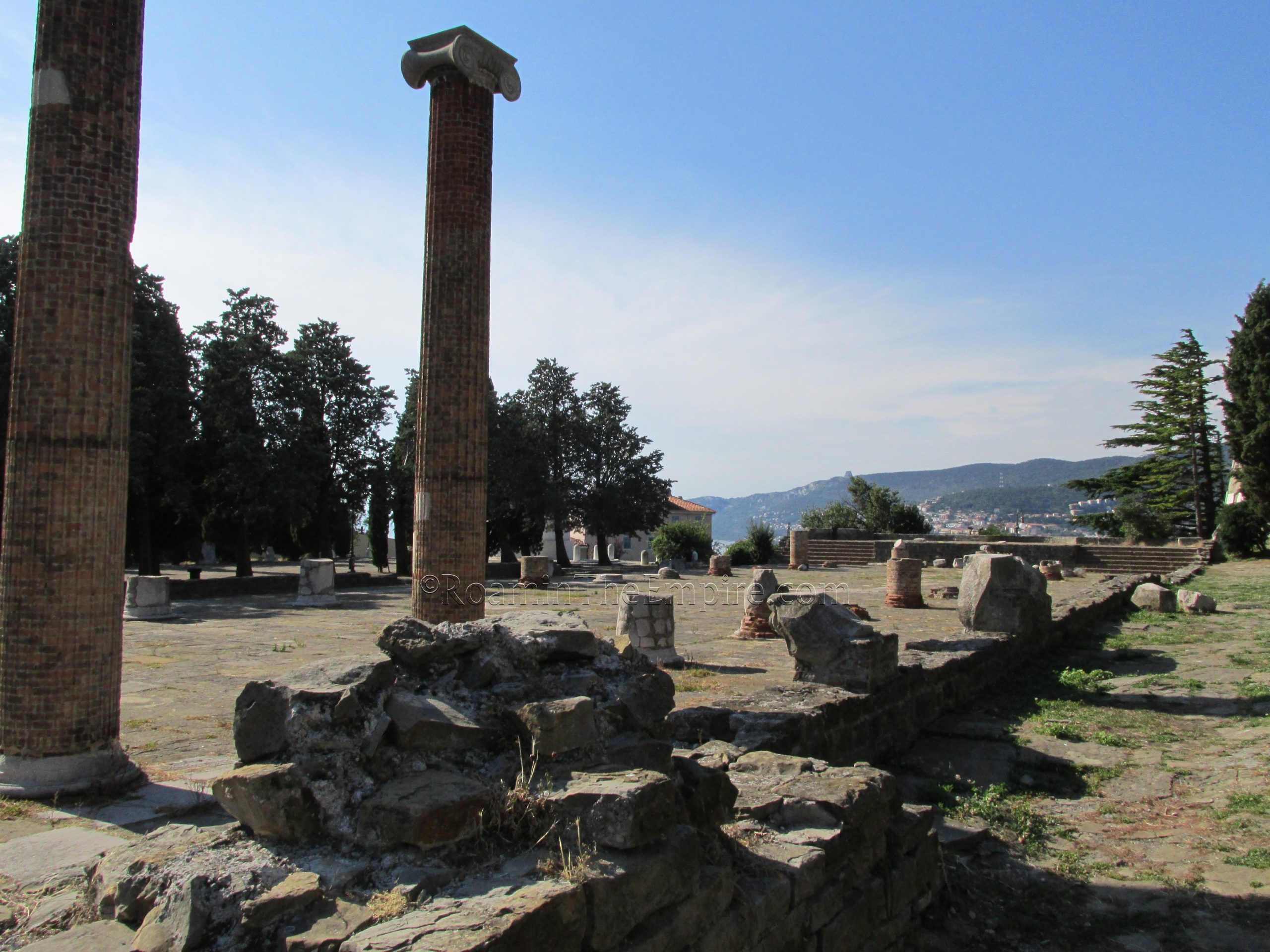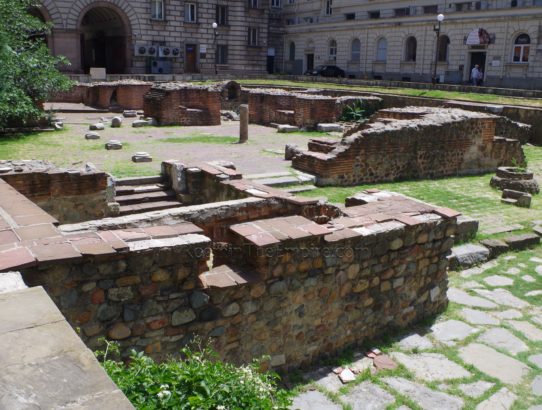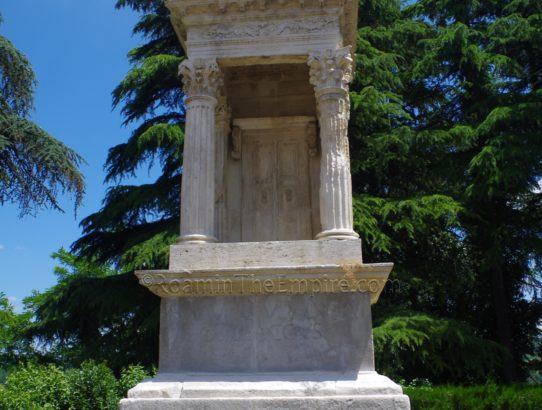Patrae, Achaea – Part II
Continued From Patrae Part I A couple of blocks to the southwest of Patrae’s odeon, along Sisini, just south of the intersection with Georgiou Roufou, is another set of remains that I wasn’t able to get any conclusive identification of. I wasn’t able to get a very good look either, as it was in a…
Read More


